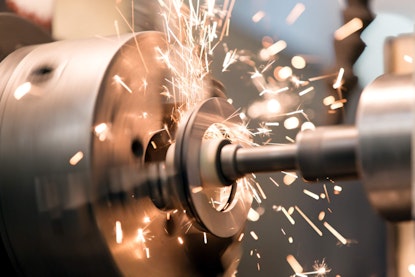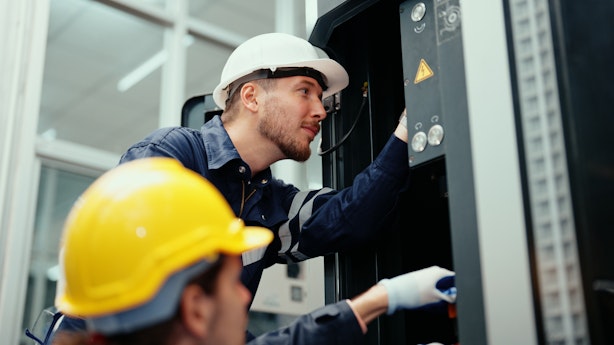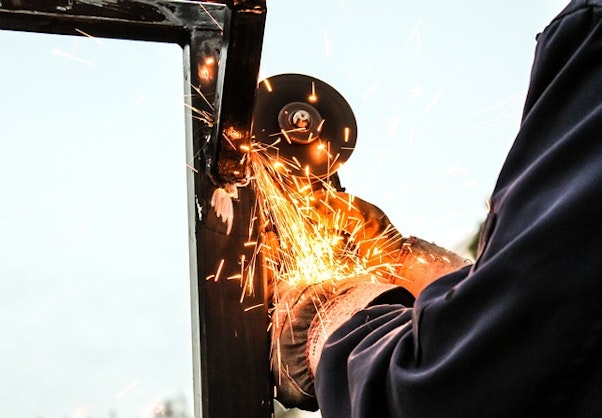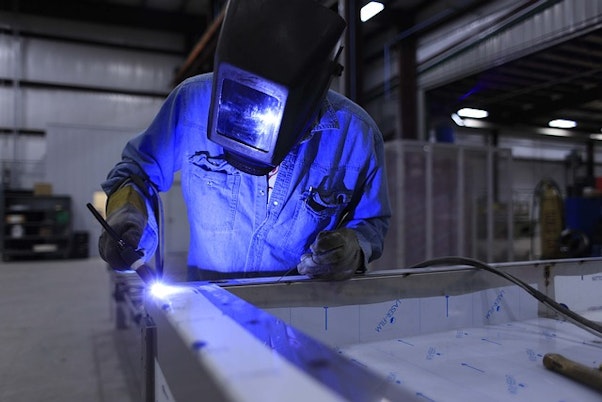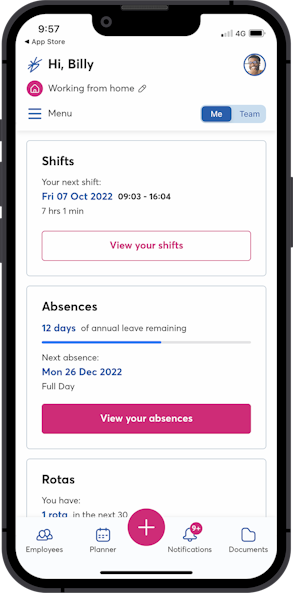24-hour Health & Safety advice
Enjoy unlimited peace of mind with round-the-clock access to insured Health & Safety advice.
The manufacturing sector is full of risks. In fact, according to the Health and Safety Executive (HSE), it accounted for 15 fatal accidents during 2022 and 2023.
And, it's not just work activities that pose a risk of harm, many manufacturing workers suffer from health issues because of workplace exposures, such as dust and fumes.
As a manufacturing business owner, it's your legal responsibility to ensure the health and wellbeing of your employees. To do so, you must employ safe systems of work, and thoroughly assess the likelihood of harm occurring as a result of your workplace activities.
But, it can be difficult to juggle Health & Safety in the manufacturing industry – especially when you’re busy running a business.
That’s why so many manufacturing businesses across the UK work with us when it comes to outsourcing their Health & Safety. We provide:
We have all the tools you need to keep your employees safe. It's just one reason why so many businesses in the manufacturing sector outsource their Health & Safety management to us.
There are several pieces of legislation that outline how employers must manage their Health & Safety requirements in manufacturing, such as:
The Health & Safety (First Aid) Regulations 1981.
The Reporting of Injuries, Diseases and Dangerous Occurrences Regulations (RIDDOR).
Control of Substances Hazardous to Health (COSHH); as well as Guidance from The Health and Safety Executive.
But with so many laws and obligations that you must follow, how can you be sure of your compliance? And, where do you turn if safety issues arise when you least expect it?
As a leading safety consultancy, Peninsula is always on hand to provide manufacturing Health & Safety advice advice, even during unsociable hours. As part of your package, you can access our 24/7 advice line - open 365 days a year. So day or night - weekday or weekend, if you have an issue, we're here to help.
We provide guidance on a number of topics, including:
Training staff.
Machinery safety; and Much more.
So, whilst your business continues making exceptional products, we'll provide you with exceptional safety management. And you can rest assured knowing that your legal compliance is taken care of.
All employers are legally required to perform a risk assessment of their workplace.
Risk assessments help you establish what control measures must be implemented to fully protect your employees from harm. And, if your business is in the manufacturing sector, you'll have even more safety risks to control.
But, conducting a risk assessment requires specific knowledge and experience. Without it, you might struggle to properly identify all hazards and risks.
Peninsula’s risk assessment service covers all bases. We support you with your risk assessment, in person, onsite, and at a time that suits you.
After your visit, you’ll receive a personalised action plan - which advises what controls you need to protect people from any Health & Safety risks present. Not to mention, we'll even perform your fire safety assessments too.
To ensure your compliance with Health & Safety regulations, you are required to produce certain policies and documentation. These include:
Accident records.
Details of staff Health & Safety training.
Such documentation helps your employees know what steps you're taking to ensure their safety, and how you'll meet your legal requirements. But, drafting a policy takes time - and enough training to know it's legally watertight.
When you outsource your Health & Safety to Peninsula, we manage all your legal documentation. Our team of expert consultants will craft all the policies you need, to the required standard. We can help you draft all types of documentation, including:
Health & Safety policies and procedures.
Health & Safety training records.
Accident and incident reports.
So whilst you spend more time growing your business and upholding quality standards, we'll take care of your documentation.
Tens of thousands of UK business owners reduce risk and worry with Peninsula support. Discover their stories below…
“Peninsula gives me confidence and clarity I’m applying employment law correctly in tricky situations. Having advice means that, when we go back to employees, our voice is more confident and it's easier to be consistent across the board with our managers”
Maria, Head of People
Pachamama Group
Businesses in the manufacturing industry have countless hazards they must control in order to keep their employees safe. But, without the knowledge, training or experience, it can be hard to identify equipment or activities that pose a risk of harm.
When you work with Peninsula, you don't need to be a Health & Safety specialist. Our consultants have the expert knowledge required to guide you through workplace safety management.
Our Health & Safety services include:
Risk assessment support.
24/7 advice.
Health & Safety software.
Contact us today to find out more about outsourcing your Health & Safety management to us.
Peninsula’s software helps you meet the latest laws and protect your people. It’s everything you need to take the hassle out of all your essential Health & Safety tasks. And it’s included in your package as standard.
Got a question? Check whether we’ve already answered it for you…
We know we're following due process
Anything I send out, I always run by adviser, Samantha. It meant, from a legal and HR perspective, we knew we were following due process
When AI meets 40 years of Peninsula expertise... you get instant, expert answers to your HR and health & safety questions
